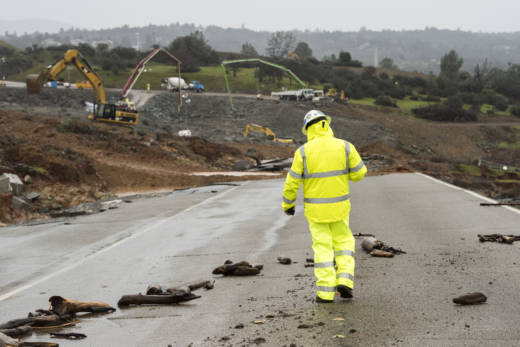California lawmakers blasted state water officials Thursday for their oversight of the half-century-old dam that anchors the state's water system in a hearing focusing on the design problems and aging that contributed to the evacuation of nearly 200,000 people downstream.
"This frightens me, that this was built in this manner," state Assemblyman Jim Frazier, a Democrat and an engineer by training, told the state officials overseeing the Oroville Dam, the nation's tallest.
Frazier cited post-crisis inspection reports of concrete as thin as the width of the palm of a hand on Oroville's main spillway. "We have some things we need to address so this doesn't happen again."
Both water-release spillways at the 770-foot-high dam, completed in the late 1960s, washed away during heavy rain and snow in February. Authorities ordered the evacuation of people in parts of three counties downstream, for fear that water was about to spill out of the lake — the state's second-largest — and roar through cities and towns.
In a hearing in Sacramento on the crisis, lawmakers cited emerging technical reports from two independent teams of experts on the Oroville Dam's two spillways. Problem areas identified so far include concrete that was far thinner than modern standards call for, cracks, tree roots that had blocked spillway drains, and bedrock anchoring the dam that was far weaker than assumed.
